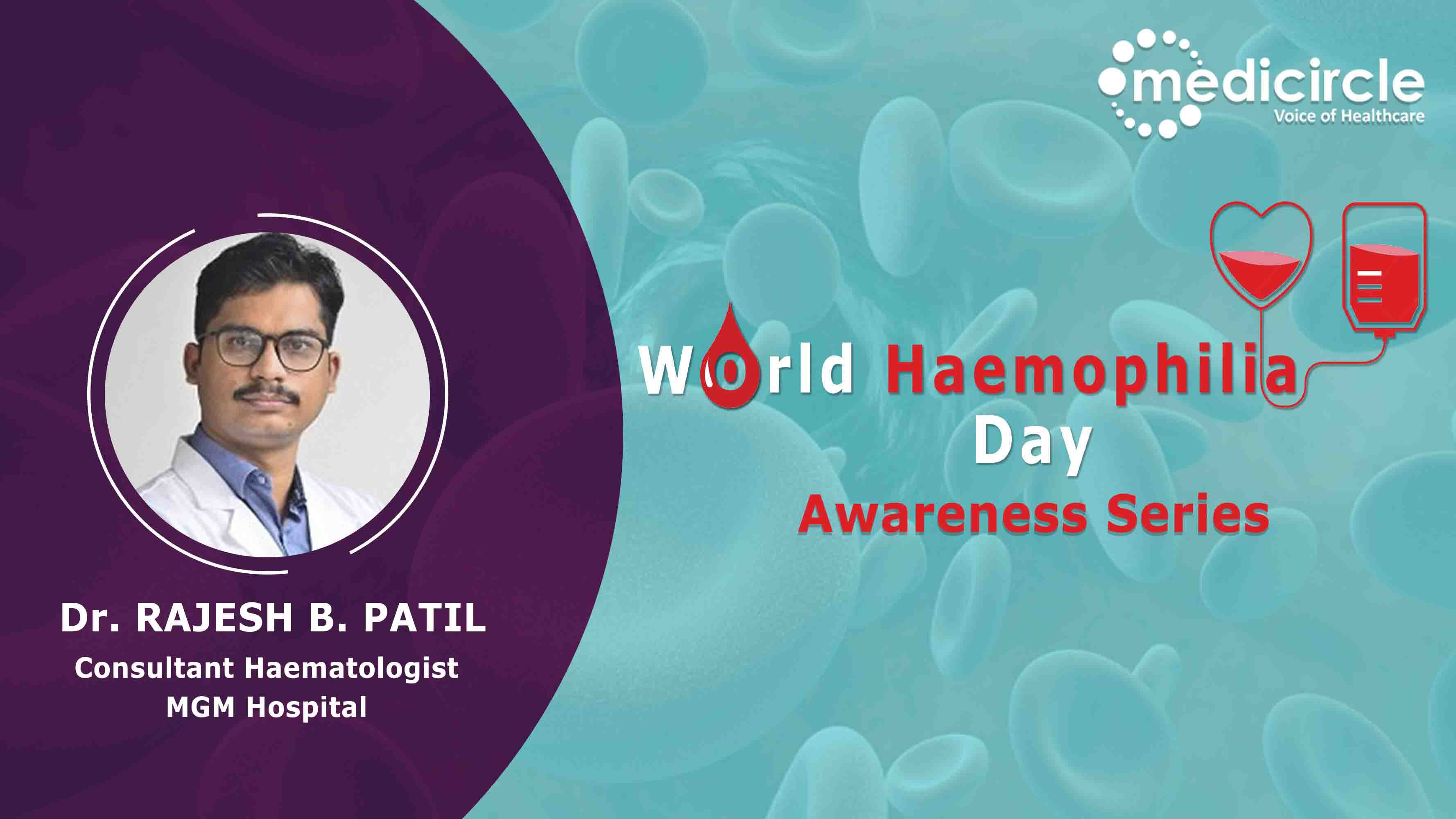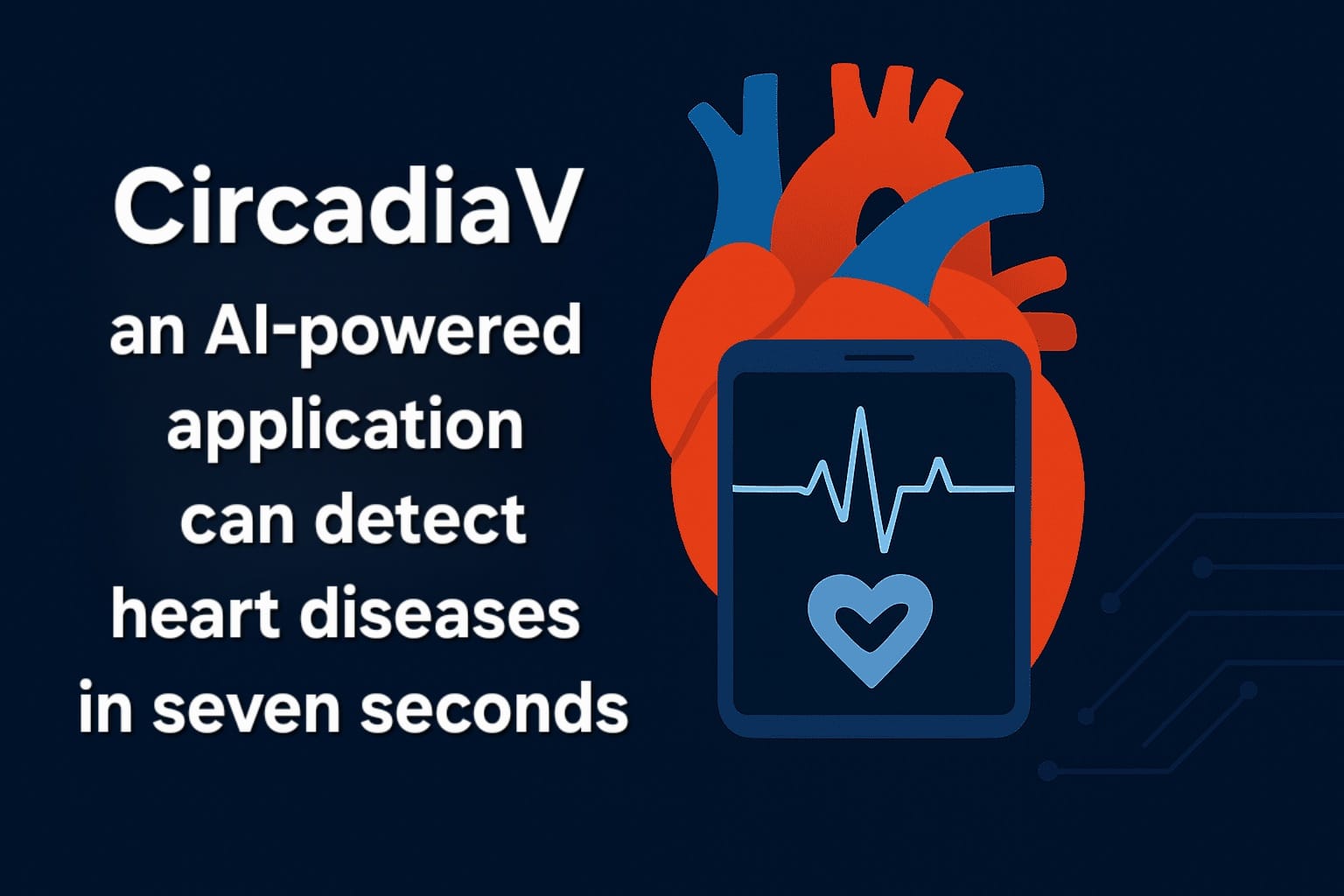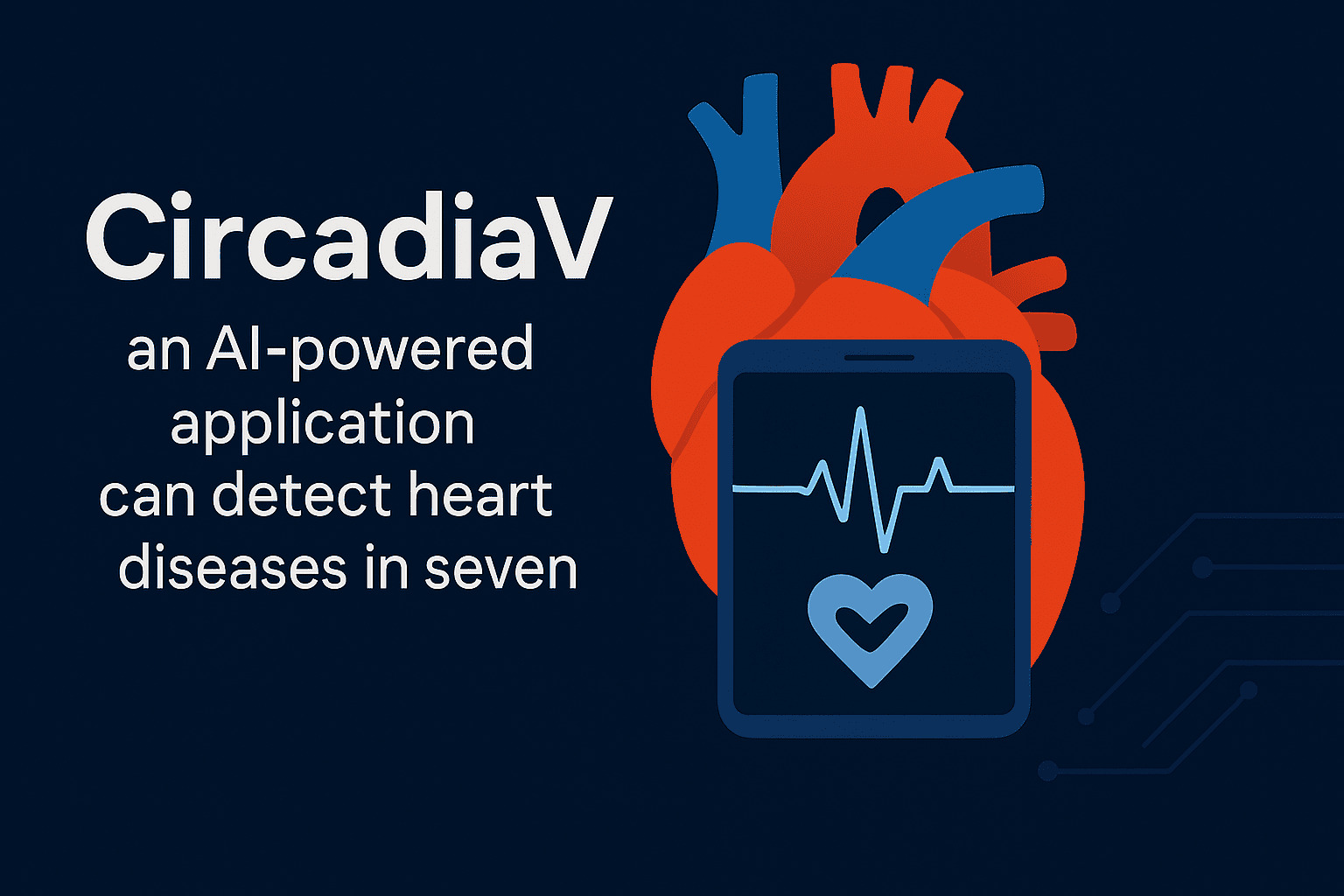Haemophilia is an inherited bleeding disorder that impairs the body's ability to make clots. If you're suffering from haemophilia, you may bleed for a longer time, which calls for special attention. Haemophilia is a deficiency of clotting factors that result in prolonger bleeding. In such cases, it is important to take necessary precautions. On this World Haemophilia Day, we at Medicircle are speaking to eminent Doctors and Hematologist to create awareness about Haemophilia disorders and their necessary precautionary measures.
Dr. Rajesh B. Patil has done his MD in Medicine and DM in Clinical Haematology. He is currently working as a Haematologist at CTC, PHO, and BMT Centre in Borivali, Mumbai. And at Bethany Hospital, Thane Mumbai.
Haemophilia is the deficiency of coagulation factor 8 and 9
Dr. Rajesh says, “Haemophilia is a kind of bleeding disorder in a body. Factors that play role in stopping bleeding are platelets and coagulation factors. There are of 13 types coagulation factors. Basically, deficiency of factor 8 and factor 9 are responsible for Haemophilia. These coagulation factors help in forming a clot whenever there is a trauma or bleeding.”
Dr. Rajesh mentions, “Deficiency of coagulation factor can be a genetic disorder. Haemophilia can also be categorized as an extreme genetic disorder. An extreme genetic disorder is generally seen only in males and because females have 2x chromosomes, they do not manifest in females. Female serves as a carrier, provided the males are the sufferers and are symptomatic. It is of three types -
Severe haemophilia – Less than 1% of factors 8 and 9, will have spontaneous bleeding.
Moderate haemophilia – 1-10%
Mild haemophilia
Types of Haemophilia
Dr. Rajesh explains, “Severe haemophilia manifests generally around six months to one year of age when the child starts walking. So, if the patient has undergone some treatment, the bleeding will not stop with routine management and requires transmission of factors or transfusion of plasma. Mothers can get blue patches on the body. Once the child starts walking, there will be swelling in the joints. Knee joints are commonly affected because they are weight bearing joints and the child will be persistently irritable. So, severe haemophilia is significant in 1-2 years of age with spontaneous bleeding. In case of moderate or mild haemophilia, there will not be spontaneous bleeding but will have disproportionate bleeding, more than a normal patient. Generally, the transmission of factors is given and in absence of this, plasma is infused.
Diagnosis of Haemophilia
Dr. Rajesh informs, “Patients having a genetic history of haemophilia are seen with the symptoms like bleeding joints, spontaneous patches, muscle hematoma. Nongenetic type of haemophilia, generally we perform two test –
Activated partial thromboplastin time (APTT) – this test measures the delay in blood clot formation and clotting ability of factors.
Prothrombin time (PT) – this also measures the formation time of blood clots.
After this, we do a factor assay which tells the % of factors. And then by doing genetic studies we can find out the different genes for muscle.”
Haemophilia can be life threatening
Dr. Rajesh stresses, “Severity depends on the factor percentage in the body of that patient. So, those who have severe bleedings, they can have life threatening condition such as bleeding into the brain. This can be spontaneous. Even minor trauma can trigger spontaneous brain hemorrhage. Bleeding in the abdomen is also possible which can lead to severe loss and the patient may land up to shock also. In case of road accidents or minor surgeries, the patient can lead to death on accident scene or on operation table if bleeding doesn’t stop with the help of factor correction or plasma to such patient.”
Dr. Rajesh warns, “Some patients may develop resistance to factors which are called haemophilia inhibitors. Treatment of such patients is very difficult. Even tribal bleeding can lead to significant hemorrhage and the patient can land up in shock.”
Dr. Rajesh adds, “I request to all haemophilic patients to always look for immediate supply factor available in the territory and be in contact with each other. Whenever a panic situation arises, without wasting time immediately go to the center, which has a capability and facility to treat the hemophiliacs and has adequate factors storage available.”
(Edited by - Renu Gupta)

 “Haemophilia is the bleeding disorder caused due to deficiency of coagulation factor 8 and 9. This can be extreme genetic disorder†informs Dr. Rajesh Patil, Haematologist
“Haemophilia is the bleeding disorder caused due to deficiency of coagulation factor 8 and 9. This can be extreme genetic disorder†informs Dr. Rajesh Patil, Haematologist







.jpeg)


.jpg)









.jpeg)





.jpg)




.png)



